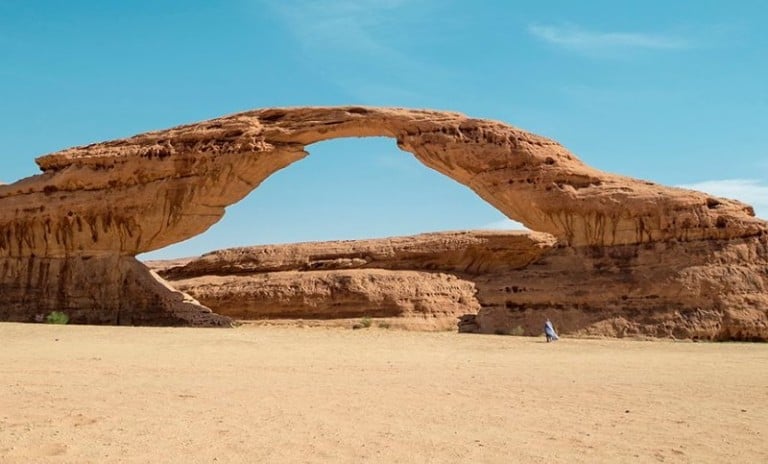

Many are decorated with carved images of monsters, animals, human faces and Nabatean inscriptions, offering a unique insight into the lives of the people who lived there. Hegra is surrounded by spectacular monumental tombs, carved from the rocks over 2,000 years ago. READ MORE: Mohammed bin Salman: 3 years as Saudi Arabia’s crown prince Nowhere in the Kingdom is that past more dramatically represented than at Hegra, an archaeological wonderland that in 2008 became the first site in Saudi Arabia to be inscribed on UNESCO’s World Heritage List. More than 30 times the size of New York City, it is, as the government has declared, nothing less than “the world’s most ambitious project.”īoth cities are centerpieces of the crown prince’s determination to grow and diversify the nation’s economy away from reliance on fossil fuels, and living examples of how the great strategic plan is focused not only on building the nation’s future, but also on safeguarding its past. km in Saudi Arabia’s northwestern Tabuk region, including 468 km of Red Sea waterfront. Neom, launched by the crown prince in 2017, is destined to transform over 26,500 sq. Hewn from the rocks of the Hijaz in the Kingdom’s northwest two millennia ago by the Nabateans, the mysterious forebears of today’s Saudis, Hegra was the nerve center of a commercial empire that dominated trade throughout the ancient Middle East. In fact, the story of the ancient settlement of Hegra in AlUla and the vast embryonic megacity of Neom is an inspiring tale of two cities that encapsulates the ambition of Saudi Arabia’s Vision 2030, the “bold yet achievable blueprint for an ambitious nation” conceived by Crown Prince Mohammed bin Salman. “If the mustatil developed as a response to ancient climate and environmental change this gives us an important insight into how early communities faced these challenges and how their belief systems adapted to these new or changing realities,” Kennedy wrote.LONDON: Separated by 300 km and 4,000 years of history, Saudi Arabia’s oldest and newest cities may seem to have little in common beyond the mutual heritage of the land they share. The researchers hope that this will help us better understand the development of civilization in ancient Saudi Arabia. The fact that the similar religious belief appears may spread across a huge area is unparalleled anywhere in the world at this early date.”Īs part of a new archeological project, the Prehistoric AlUla and Khaybar Excavation Project (PAKEP), the researchers will be excavating more mustatil in order to gather more detailed environmental and climatological information for the region between the Neolithic and Bronze Age. “Prior to this, it was believed that there was not much interaction between the different parts of northern Arabia during this period, we now know that is not the case. “The fact that people appear to have journeyed to these structures suggests we have an early form of pilgrimage in the region,” Kennedy wrote. The discovery also suggests that these mustafils could have been the destination of repeated pilgrimages, and migration across the land. As such, there may be a link with ancient climate and environmental change as Arabia gradually became increasingly arid, like it is today.” We also suggest that there may be an association with water, as most mustatil point towards areas that hold water. “We speculate that the mustatil were built as a form of community bonding, with multiple groups coming together to construct them. “We believe these remains are offerings to an unknown deity or deities represented by the central stone,” lead author Melissa Kennedy of the University of Western Australia wrote in an email to Motherboard. The authors argue the close proximity likely indicates the area is a site of animal offerings.

The researchers identified 7000 year-old fragments of animal skulls and horns, primarily from domestic cattle, found close to a large upright stone that is part of a 140 meter-long mustatil located 55 miles east of the city of AlUla. Mustatils are rectangular, low-walled, stone structures that range from 20 to 600 m in length.


 0 kommentar(er)
0 kommentar(er)
